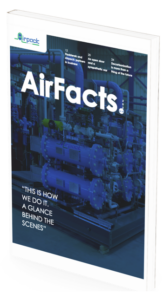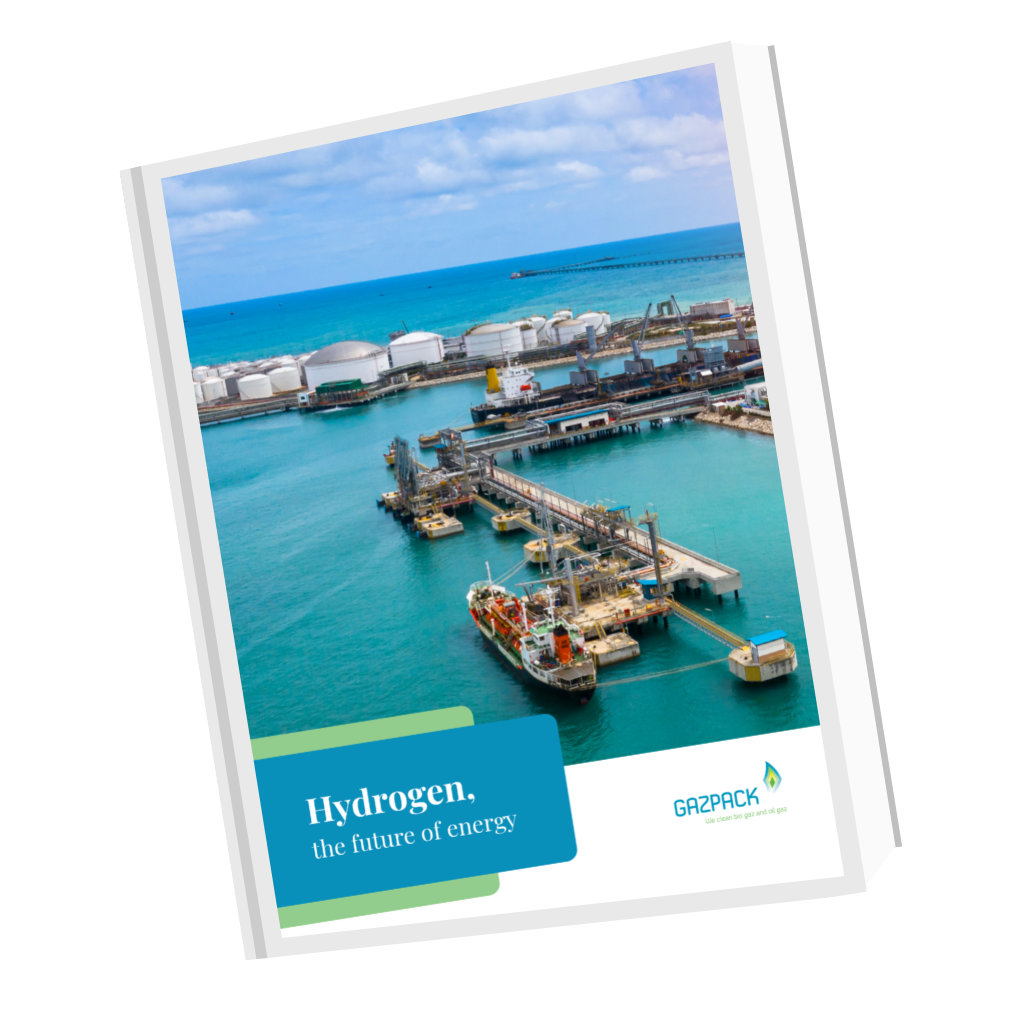Siloxane Removal from Biogas
Looking to explore the world of biogas processing and handling solutions? Get instant access to our documents about biogas technology.
As an up and coming renewable energy source, biogas promises a future without fuel shortages or atmospheric pollution. The product of anaerobically digested organic matter, this power-generating medium is carbon neutral thereby saving the environment from the damage inflicted by the combustion of fossil fuels. As the organic substances — manure, dying foliage, food scraps and decomposing animal carcasses, e.g. — break down, chemical reactions yield methane and carbon dioxide. The methane (CH4) is the operative compound in biogas, though other chemicals are present and must be extracted to purify the gas for use. Among these undesirable components are siloxanes.
What Are Siloxanes?
Chemically, siloxanes are chains of oxygen and silicon atoms. After oxygen, silicon is the most abundant element found on the crust of the earth. When these chains are extended, they make silicone or silicone polymers. These are commonly found in plastic medical devices, cosmetics, sealants and adhesives but the list of applications goes well beyond these examples. Polymer densities range from gas to liquid to gels, rubber, foam and acrylics. Few people could say they have not utilized siloxane derivatives in the course of a day. For all their versatility, siloxanes are problematic when it comes to biogas.
What Is the Matter with Siloxanes?
Vehicles and industrial machinery — i.e. combustion engines, gas turbines and boilers — suffer from the presence of siloxane biogas. The deposits of silica in the compound stick to blades, pistons and cylinder heads. In so doing, they impede performance, degrade the constituent materials and otherwise pollute the inner workings. Such stresses can reduce engine performance by as much as 20 percent. While biogas holds enormous potential as an alternative means of energy generation, decreases in efficiency can void its promise. That is why siloxane removal is absolutely essential.
Purifying Siloxane Biogas
There are a number of ways that siloxanes are separated from biogas. Common to all of them is that the possibility of detrimental silicate deposits is neutralized.
Activated Carbon Technique
Sometimes called activated charcoal, activated carbon is processed in such a way to leave low-volume pores that leave more area on the carbon surface for adsorption or chemical transactions. [NOTE: Adsorption is when gas or liquid molecules adhere to the surface of a solid; it is not to be confused with absorption, where the molecules permeate the surface of the absorbent.] This makes it an excellent agent in a siloxane removal system. Pure activated carbon, studies show, work better than those infused with alkaline substances.
Activated Alumina Method
Activated alumina is a medium of absorption. Like activated carbon, this solid form of aluminum oxide is porous. Unlike charcoal, however, it receives the siloxane molecules through the pores, saturating from the inside out. The biogas passes through a bed of activated alumina where the siloxanes are apprehended and from which a purified gas emerges. Subsequently passing regenerative gas through the bed enables the activated alumina to be used for siloxane extraction again.
Refrigeration and Condensation
Lowering the temperature and pressure of the biogas allows it to condensate to liquid thereby causing constituent compounds to settle and separate. Once settled, siloxane removal from biogas is achieved simply. Other contaminants like hydrogen sulfide are also often removed using this same method.
Synthetic Resins
In the same way activated carbon acts as an adsorption agent for siloxane molecules, synthetic resins can be created to do likewise. A resin is ordinarily a solid or at least highly viscous, possessing a very thick and adhesive consistency. Resins are frequently derived from flora but they are also produced synthetically by cross-linking polymer chains. This procedure is demonstrated to reduce contaminant compounds to levels beyond detection.
Absorption with Liquids
Landfill managers and technicians are increasingly turning to liquid absorbents like concentrated nitric acid or sulfuric acid to cleanse biogas for effective combustion. Not only do these fluids remove siloxanes, but carbon dioxide, hydrogen sulfide, carbonyl sulfide and methyl mercaptan as well. In many instances, liquid absorbents can be used in tandem with activated carbon adsorption and condensation. Good results indicate that a synergy can exist among a combination of removal techniques.
Membrane Technology
Membranes are showing encouraging results in purifying biogas of adulterants, siloxanes included. In this scenario, the gas passes through consecutive filters that ferret out particular unwelcome gaseous compounds while retaining the combustible methane. The porous polymeric membranes allow contaminants to permeate while preventing the methane from doing the same. The end of the process yields nearly 100 percent methane gas.
In Summary
As biogas becomes an increasingly attractive option in the pantheon of renewable fuels — largely due to the improvements in anaerobic digestion technology — it becomes imperative to deliver the most clean and efficient product as possible. Removal of siloxanes prevents them from gumming up the works of combustion engines and other components through which biogas passes. A number of methods exist to effectively extract siloxanes, each one proving to be a potent cleanser of biogas. Adsorption, absorption, condensation and refrigeration are among the procedures that efficiently separate siloxanes from the gas, thereby rendering the latter a much purer form of methane.




